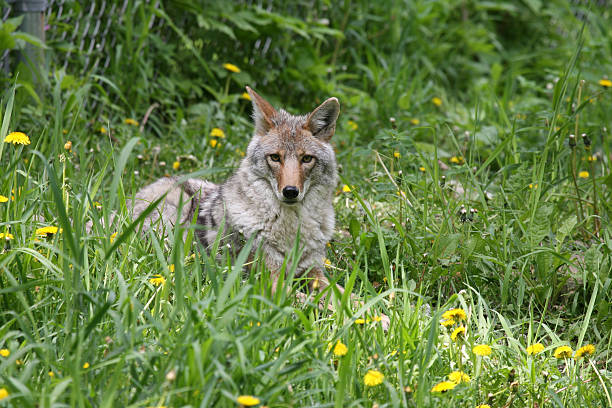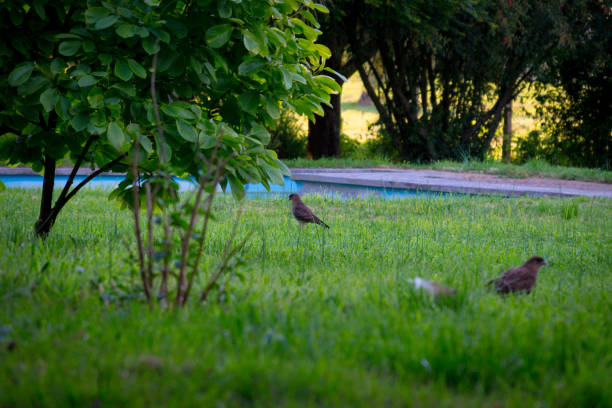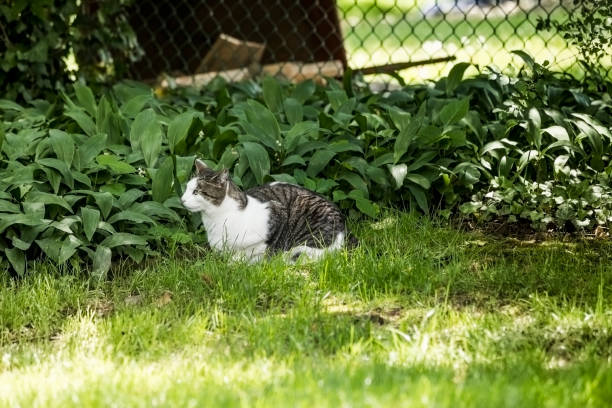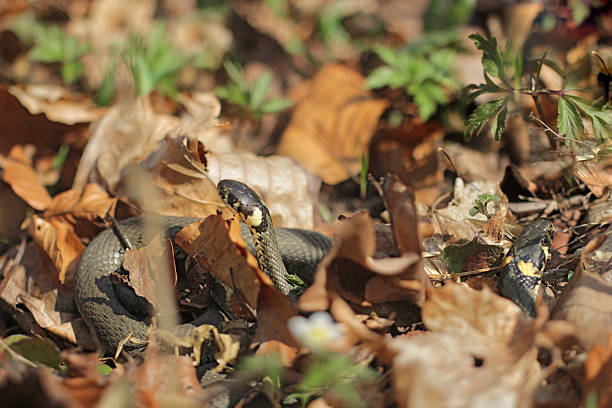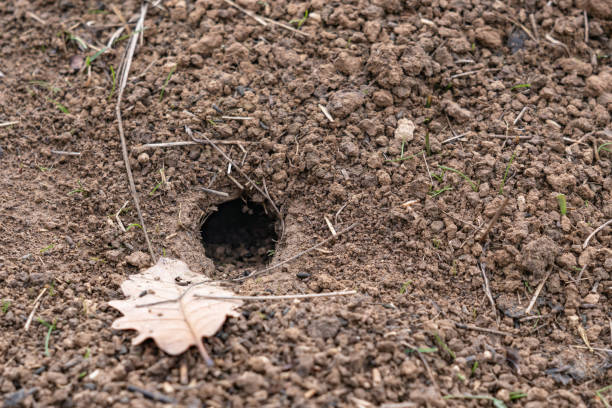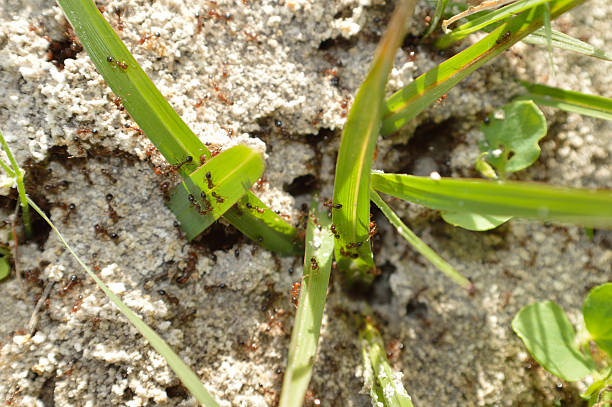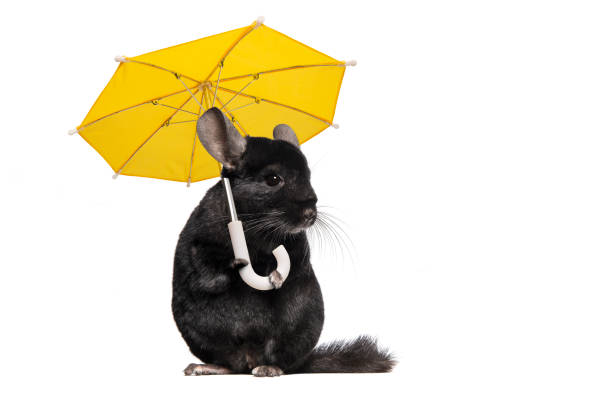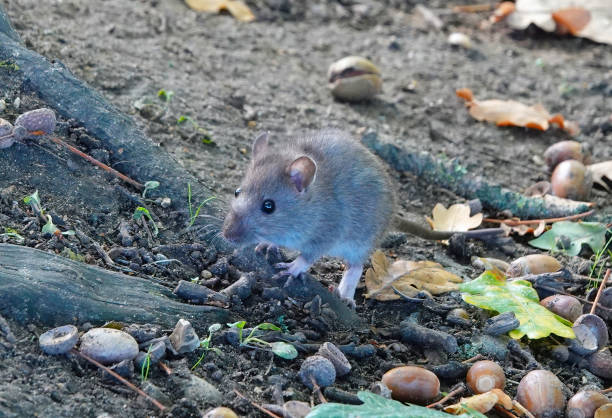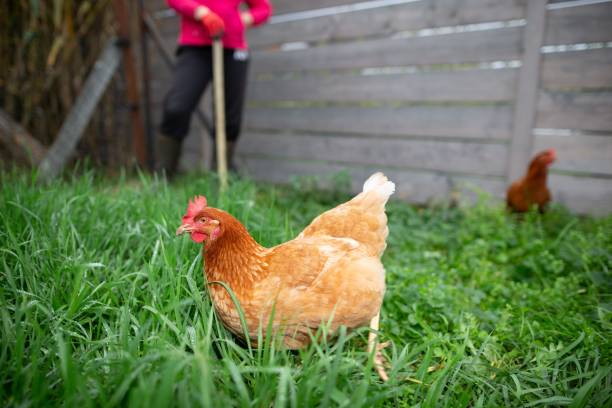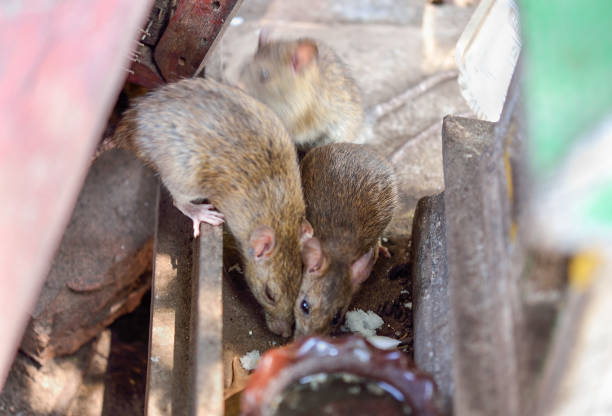Can I Kill a Coyote in My Yard?
This post contains affiliate links. This means I will make a commission at no extra cost to you should you click through and make a purchase. Read the full disclosure here.Dealing with wildlife in residential areas can be a cause for concern, and encounters with coyotes are no exception. Many homeowners wonder about their rights and options when it comes to dealing with a coyote that has entered their yard. In this article, we will discuss the behavior and dangers associated with coyotes, explore preventive measures, and provide insights into the legal and ethical considerations when it comes to dealing with these animals.
Understanding Coyotes
Coyotes are highly adaptable creatures found throughout North America. They are known for their intelligence and resourcefulness, enabling them to survive in various habitats, including urban and suburban areas.
Coyote Behavior
Coyotes are generally wary of humans and tend to avoid direct contact. They are primarily active during dawn and dusk, although they can be seen during the day as well. Understanding their behavior can help homeowners mitigate potential conflicts.
Coyote Habitat
Coyotes can establish their territories in a wide range of habitats, including forests, deserts, and even urban environments. Their adaptability allows them to thrive in close proximity to humans.
Coyote Dangers
While coyotes typically avoid humans, there are potential dangers associated with their presence, especially in residential areas. These dangers include attacks on small pets, potential transmission of diseases, and occasional confrontations with humans.
Coyotes in Residential Areas
Encounters with coyotes in residential areas have become more common as urbanization continues to encroach upon their natural habitats. It is essential for homeowners to understand how to prevent these encounters and what actions to take if a coyote enters their yard.
Encounters with Coyotes
If you encounter a coyote in your yard, it’s crucial to remain calm and avoid direct confrontation. Make loud noises, wave your arms, and attempt to scare the coyote away. It’s important not to feed or approach the animal, as it can lead to habituation and more frequent visits.
Coyote Prevention
To minimize the chances of attracting coyotes to your yard, take preventive measures such as securing garbage cans, removing potential food sources, and keeping small pets indoors, especially during nighttime hours. Fencing and motion-activated lights can also serve as deterrents.
Legal Considerations
Before considering any lethal actions, it is important to understand the legal aspects of dealing with coyotes in residential areas. Laws and regulations regarding wildlife vary by jurisdiction, and it is essential to comply with local regulations.
Local Laws and Regulations
Research and familiarize yourself with the local laws and regulations concerning coyotes. Some areas have restrictions on trapping or killing wildlife, while others may require permits or the involvement of professional animal control services.
Hiring Professionals
If you are uncertain about how to handle a coyote on your property, consider contacting professional wildlife removal services or local animal control agencies. These professionals have the knowledge and experience to handle coyote encounters safely and within the bounds of the law.
Non-Lethal Deterrents
Several non-lethal deterrents can be effective in discouraging coyotes from frequenting your yard. These methods focus on modifying their behavior rather than resorting to lethal measures.
Lethal Options
In certain situations, when non-lethal deterrents have failed or if there is an immediate threat to human safety, lethal options may be considered. However, it is crucial to exercise caution and comply with local regulations and ethical considerations.
Self-Defense
In cases where a coyote poses an immediate threat to human safety or has attacked a pet, self-defense may be justifiable. However, it is important to prioritize personal safety and contact the appropriate authorities immediately.
Calling Animal Control
If you are unsure how to handle a coyote or believe it poses a danger, contacting your local animal control agency is advisable. They can assess the situation and take appropriate action, ensuring the safety of both humans and wildlife.
Trapping and Relocation
Trapping and relocating coyotes should only be considered as a last resort and must comply with local regulations. Professional trappers with expertise in humane methods can assist in safely capturing and relocating coyotes if necessary.
Conclusion
Encounters with coyotes in residential areas can be concerning, but it’s important to approach the situation with knowledge and understanding. Taking preventive measures, familiarizing yourself with local laws, and seeking professional assistance when needed can help mitigate conflicts and ensure the safety of both humans and wildlife.
FAQs
Are coyotes dangerous to humans?
Coyotes generally avoid direct contact with humans and are not typically considered a significant threat. However, it’s important to exercise caution and follow preventive measures to minimize potential risks.
Can I legally kill a coyote on my property?
Laws and regulations regarding killing coyotes vary by jurisdiction. It is essential to research and comply with local laws, which may include restrictions or permits.
How can I prevent coyotes from entering my yard?
Securing garbage cans, removing potential food sources, keeping small pets indoors, and installing fencing or motion-activated lights can help deter coyotes from entering your yard.
Should I try to scare a coyote away if I encounter one?
If you encounter a coyote in your yard, it’s advisable to make loud noises, wave your arms, and attempt to scare it away. However, always prioritize personal safety and avoid direct confrontation.
When should I contact professional animal control services?
If you are uncertain about how to handle a coyote or believe it poses a danger, it is best to contact your local animal control agency. They can assess the situation and provide appropriate guidance.

